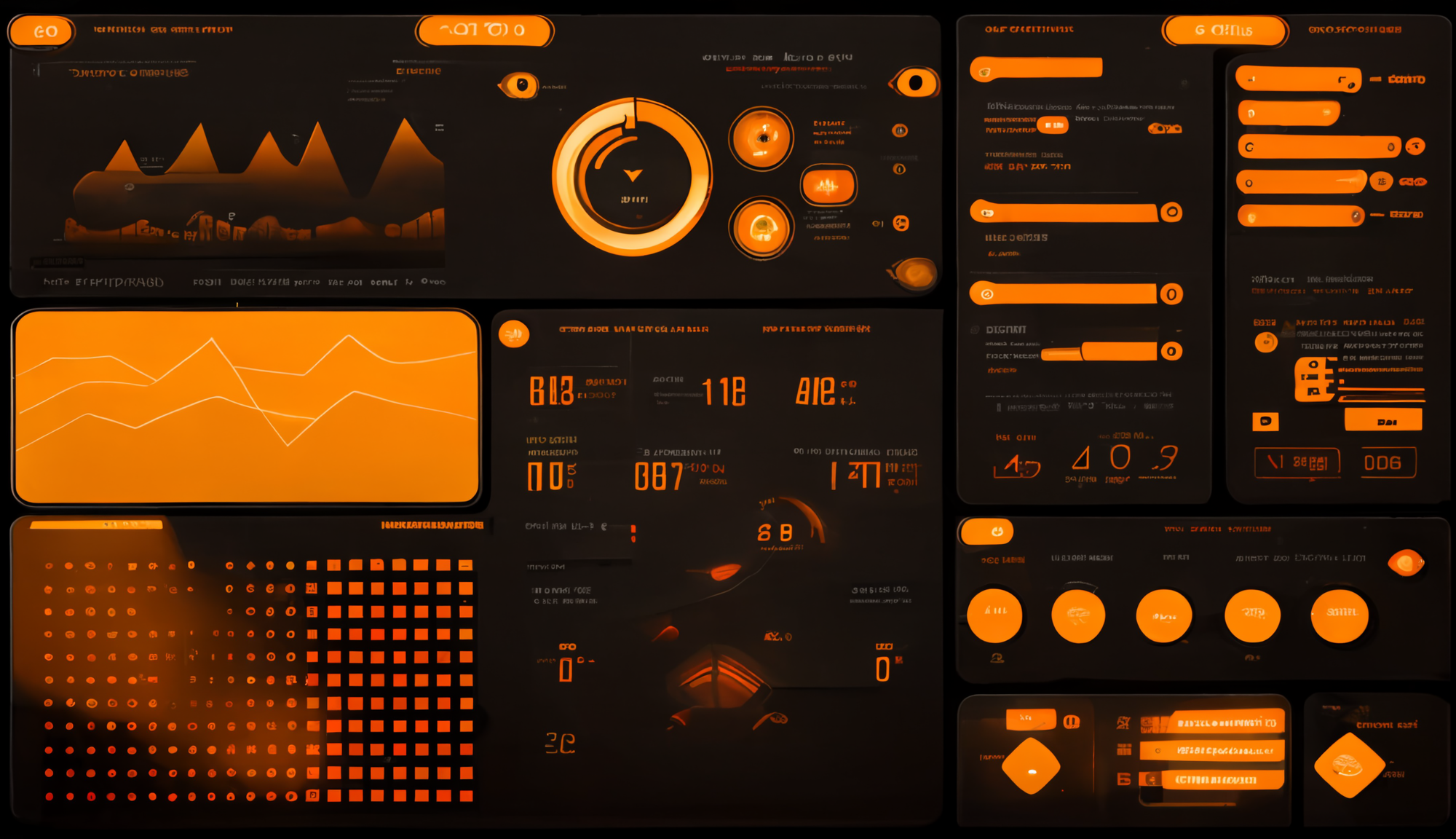Introduction
In today’s digital world, measuring and tracking business performance has become more important than ever before. Key Performance Indicators (KPIs) play a critical role in this process, providing a way to measure progress towards business goals and objectives. However, defining and using KPIs effectively can be a challenge for many businesses. In this blog post, we’ll explore how to define successful KPIs for digital transformation.
Part 1: Understanding KPIs
Before we dive into how to define KPIs for digital transformation, let’s start with the basics. KPIs are measurable values that help businesses track progress towards achieving specific goals and objectives. They can be used to measure various aspects of business performance, including sales, marketing, customer satisfaction, and more.
Part 2: Defining Successful KPIs
To define successful KPIs for digital transformation, it’s important to start with a clear understanding of your business objectives. This involves identifying the specific goals you want to achieve, as well as the metrics that will help you measure progress towards those goals.
Next
you’ll need to determine the key performance indicators that will provide the most insight into your business performance. This involves selecting KPIs that are relevant, measurable, and achievable. It’s important to focus on a small number of KPIs that provide the most valuable insights, rather than trying to track too many metrics.
Part 3: Using KPIs for Digital Transformation
Once you’ve defined your KPIs, it’s important to use them effectively to drive business success. This involves regularly tracking and analyzing your KPI data, as well as using this data to inform business decisions and strategies. It’s also important to communicate KPI data effectively throughout the organization, ensuring that all stakeholders understand the metrics being tracked and how they relate to business goals.
Conclusion
Defining successful KPIs for digital transformation can be a challenge, but by following the steps outlined in this blog post, businesses can ensure that they are measuring the right metrics and using KPI data effectively to drive business success. With a clear understanding of business objectives and the right KPIs in place, businesses can make data-driven decisions and achieve their goals more efficiently.
If that was too theoretical. You can find a real project of mine here Unlocking the Power of Data in the Door Industry.







